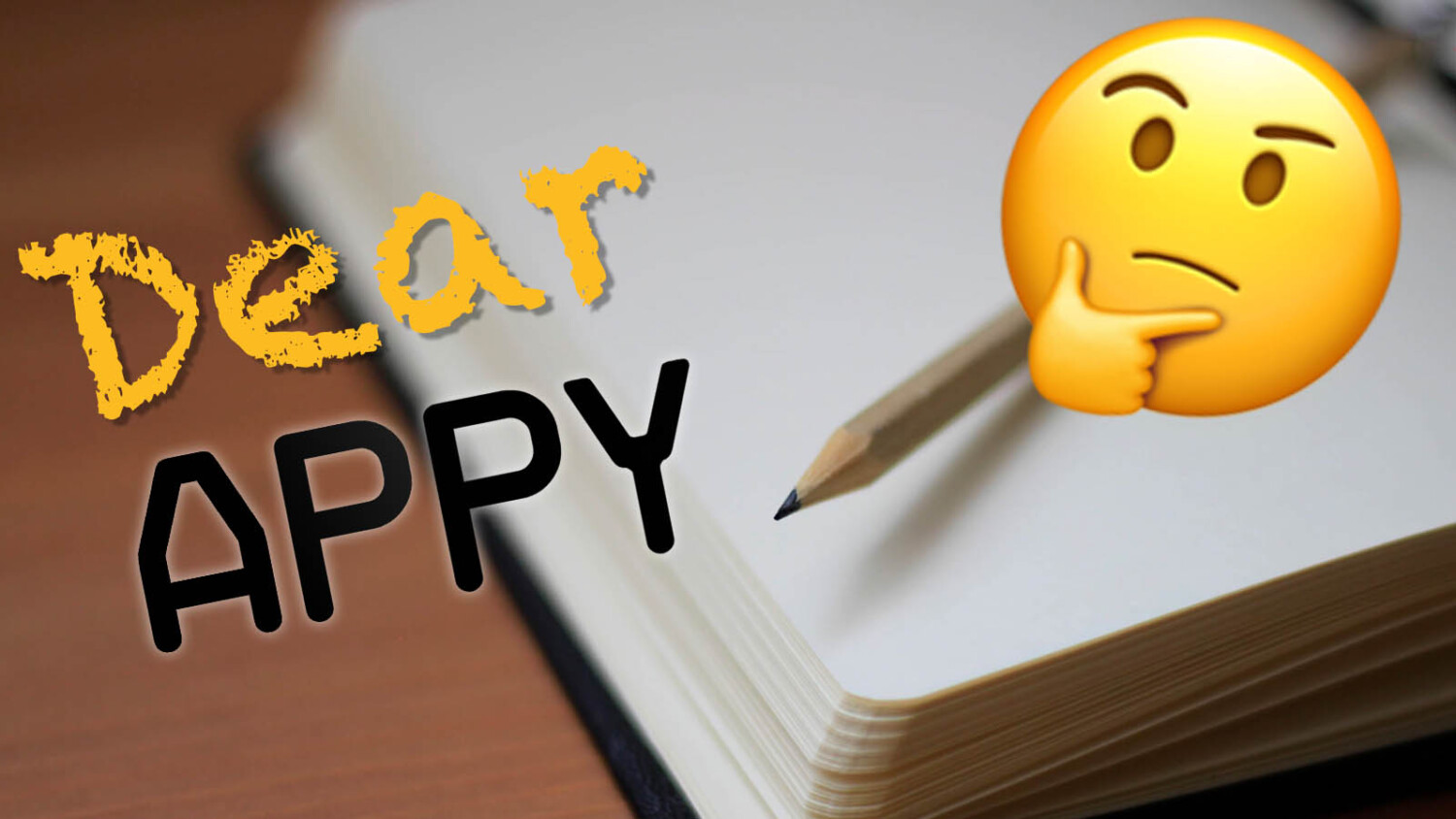The Best Time of Day, Protecting Your Intellectual Property, Purposefully Not Shooting The View
NC Asks: If a company never paid me and is using my image, how can I prove that I took the image and how do I decide how much to charge them for each image that they illegally used?
The easiest way to do this (in the United States, at least) is to register your images with the US Copyright Office as soon as is reasonably feasible. I try to do mine in batches 3-4 times a year. Sometimes more, sometimes less. I can’t speak to how other countries operate, but as far as I know in many first world countries, copyright is assigned without having to register. I imagine in any court, being able to show that you created an image should not be too difficult. There may be witnesses if it was a commissioned job, you may have other raw files from the same shoot, you may have behind the scenes images from your phone, etc.
Deciding what to charge when you are dealing with an infringement is usually based on how much you would usually charge for those images. So if you normally license an image for $500, you could attempt to recoup $500 + a reasonable penalty. If you are in the United States and your images are registered with the USCO, you can go after actual damages (the $500), attorney’s fees, and statutory damages, which are much higher than just the actual damages from the infringement.
AH asks: I’ve noticed that it’s not uncommon for architectural photographers to work primarily with natural sunlight. How does one mitigate the flare/bloom around windows that sometimes occurs when not using supplemental lighting? Thanks so much!!
There are a few ways to reduce bloom:
- Wait for better, less intense light that occurs early in the morning or later in the afternoon. The lower angle of incidence of the sun will result in less harsh lighting as it is filtered through the atmosphere and is thus easier to balance interior vs exterior due to reduced dynamic range.
- Shoot perpendicular to the window rather than directly at it (my favorite)
- Use a white sheet or bounce card to reflect some of the light back at the window, reducing dynamic range
- Make sure your lens and filter and sparkly clean. Any goop or oil from your hands or whatever will magnify and bloom that it catches when sunlight hits it
- Turn up the intensity of the interior lights if they are on a dimmer
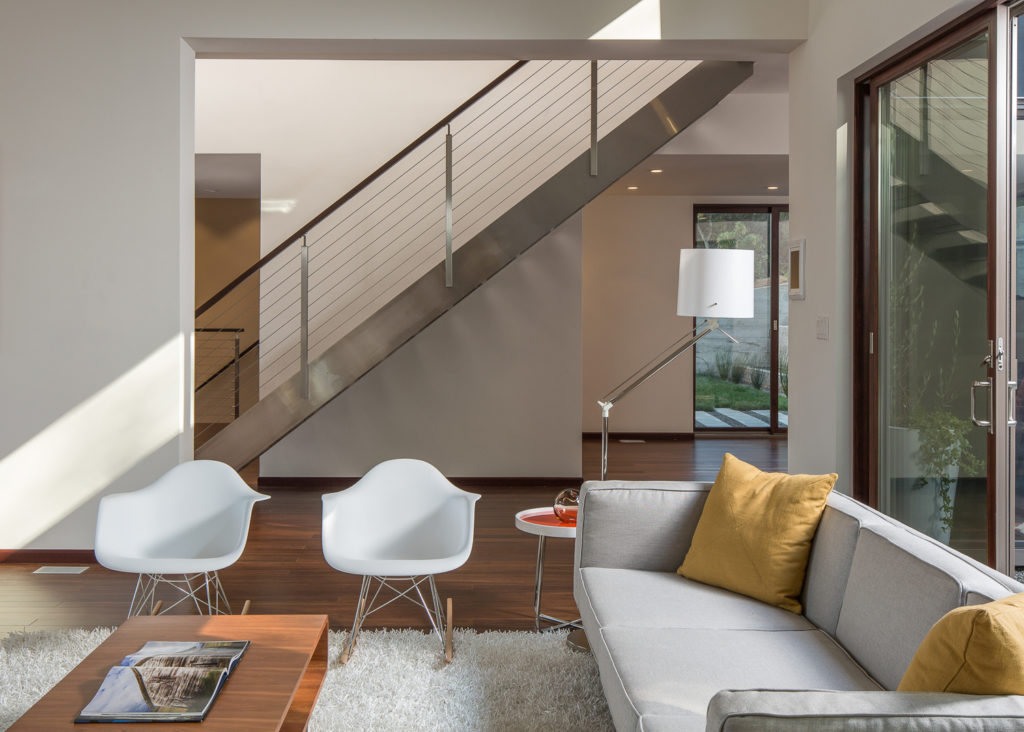
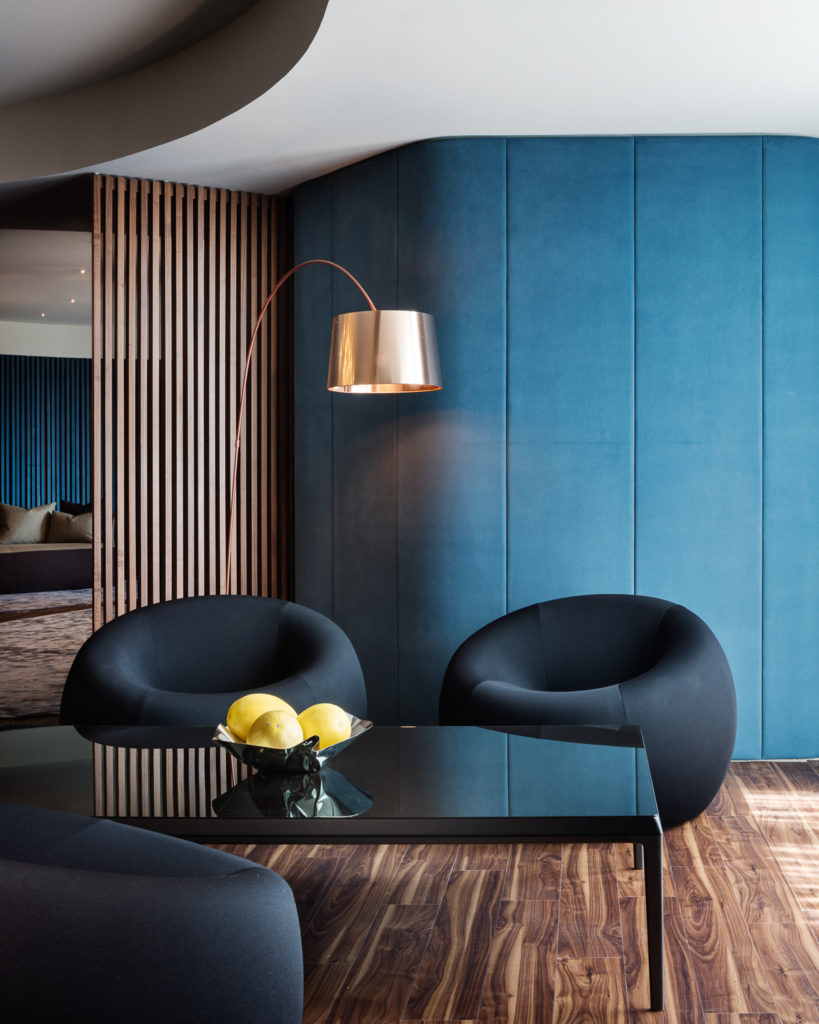
Sometimes it’s just impossible to avoid – shooting dark interiors at high noon for instance is never a winning combination. You need flash to make these look good in my opinion – and most photographers I know who claim to be “natural light” photographers still keep a single flash handy just for moments like this.
KE Asks:
You’ve mentioned a few times the value of using an app to track the sun, and really enjoyed the example at the Broad for finding that magic moment when the sun split the buildings to hit the facade just right.
Was wondering if you could give us a little bit more on the general use and theory for determining the best time of day to shoot an exterior. What are you looking for? Are there any angles (on the building and above the horizon) that you’ve found to be a sweet spot? And are there times that are not even worth shooting?
I don’t necessarily think that there is a “best” time for all buildings, subjects, surfaces, etc. It varies greatly depending on what you want. I think some buildings look weird at twilight (no interior lighting), some buildings look great in full sunlight (reflective surfaces, white buildings, black buildings, etc). The most you can do is be prepared to know how each lighting condition affects your subject, and have a clear plan for capturing your subject in different light.
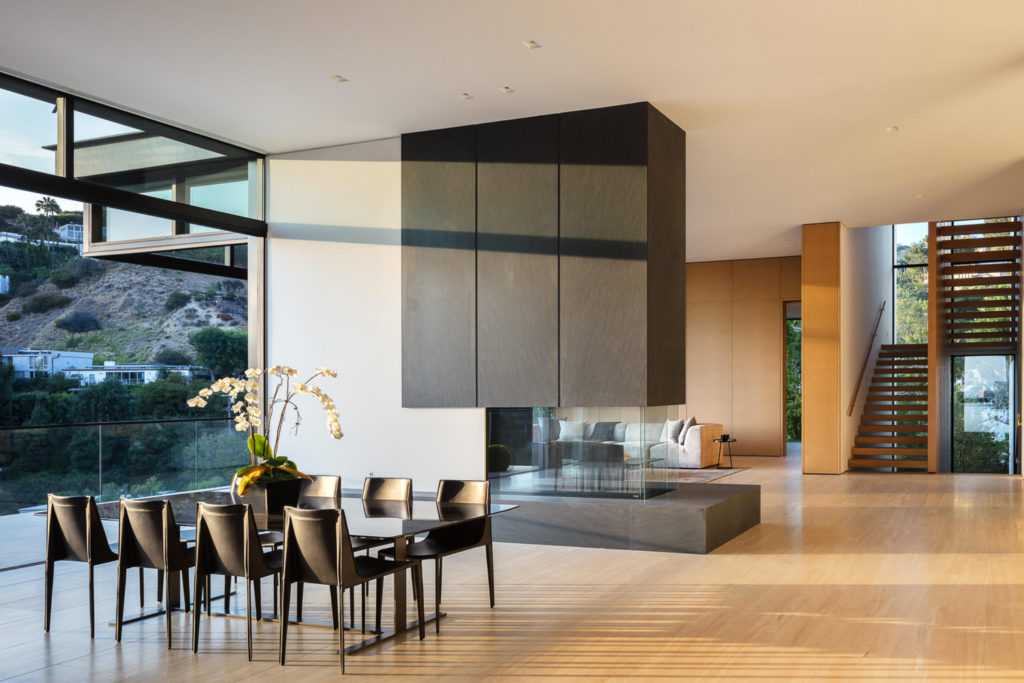
If you want bright, cheery images – shoot in full sun. If you want dark, moodier images – consider twilight or dusk, especially for interiors. It is all such an intensely personal thing. Consider the context of the subject, too – is it a bright place? A moody place? How does the subject change in different lighting conditions?
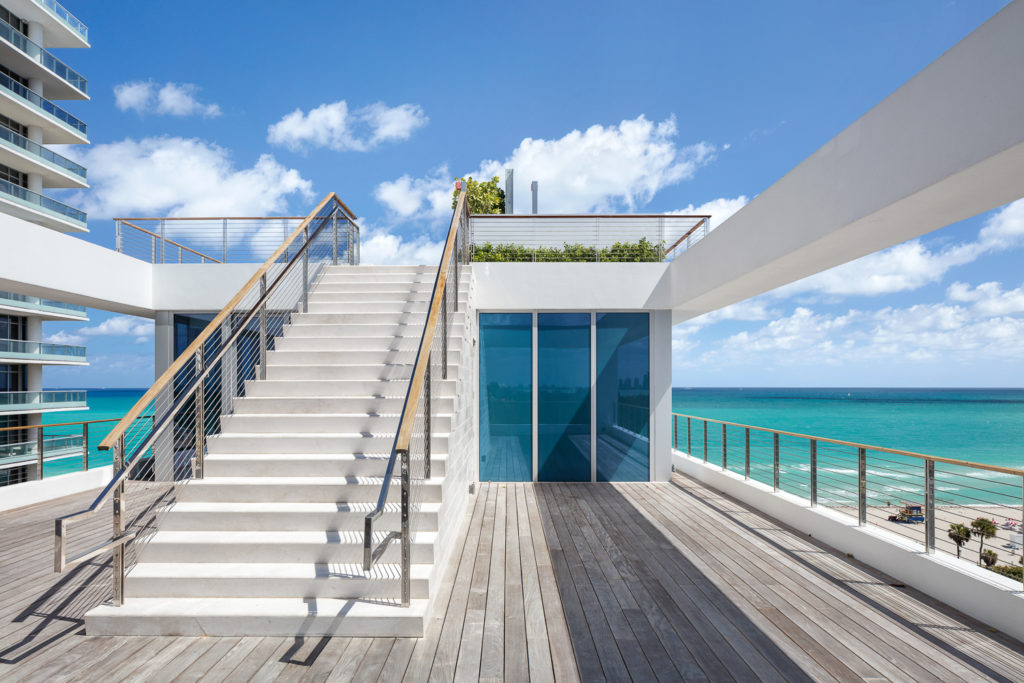
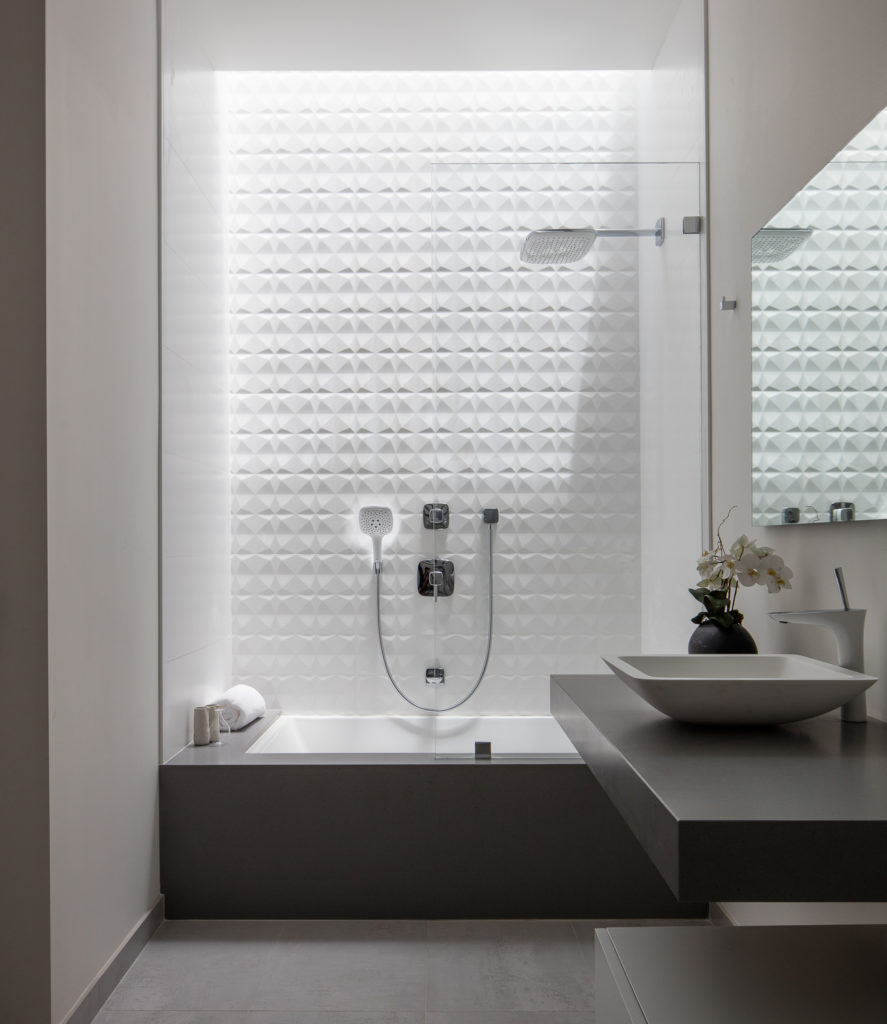
Also consider that at different latitudes full sun will mean different things. In the Nordic countries, Alaska, Canada, Russia, etc – full sun in the summer still isn’t that high in the sky and will create beautiful angular shadows. But in the tropics, full sun might flatten the heck out of your subject. Sometimes ‘flat’ light is great! It just depends so much, and it’s something that is so personal I can’t possibly give an answer to. Everything will look different in different types of light and it’s our job to bring our style to each shoot to meet the needs of the client.
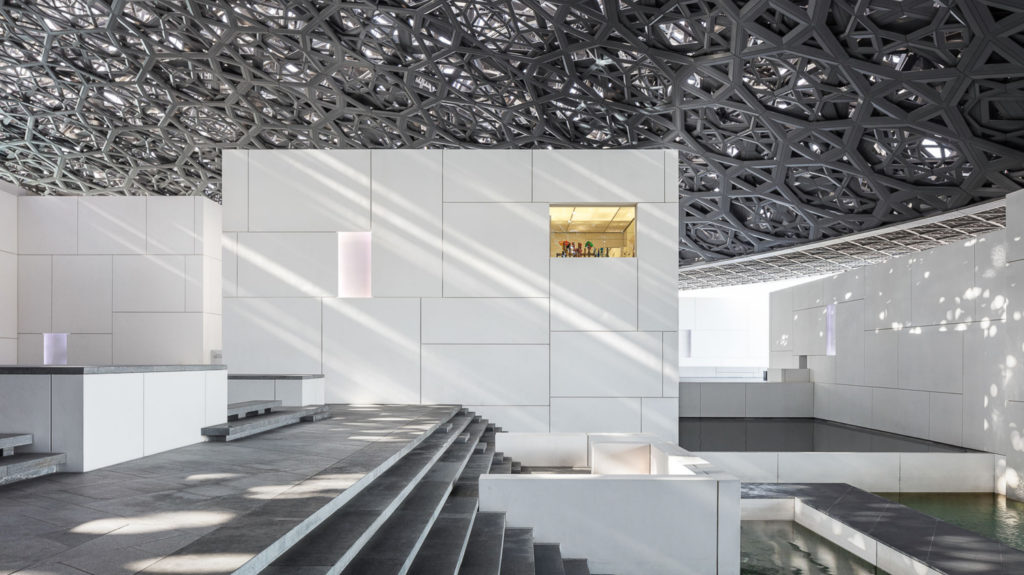
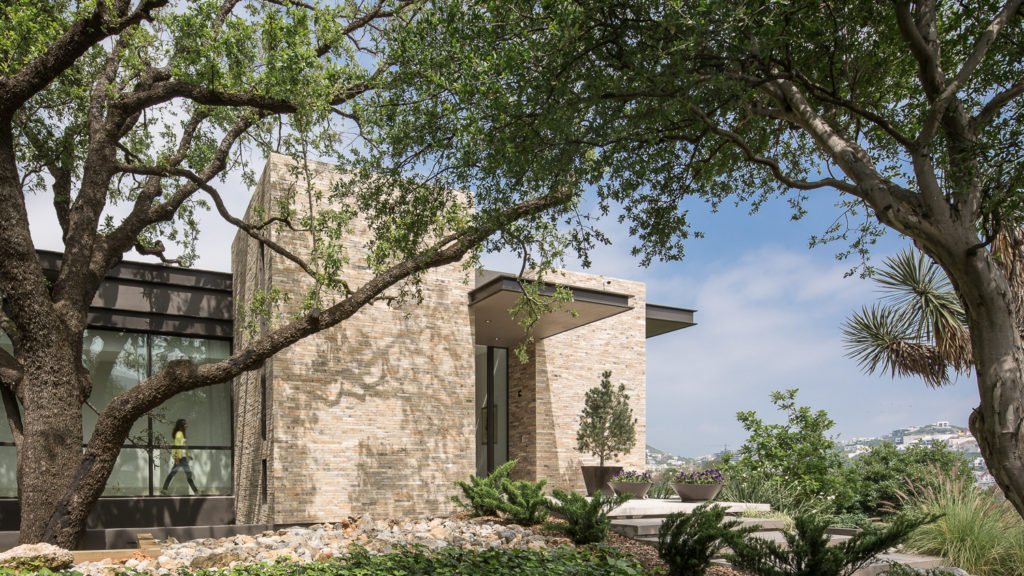
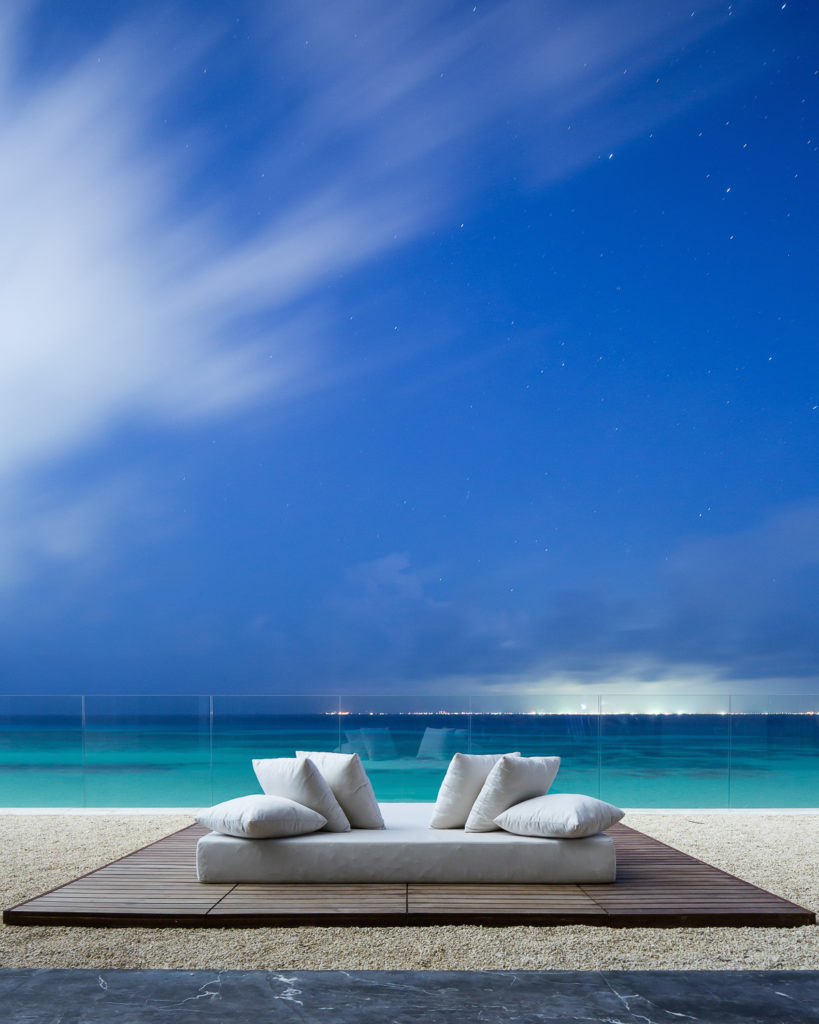
To submit a question to Ask APA, navigate to our contact page and select the “ask an architectural photography related question” button from the dropdown. Answers are reflective of the questions and we make no guarantees that your question will be answered (or answered well, for that matter). Questions are copied verbatim or edited for clarity depending on our mood.
